How To Clean A Fountain Pen ?
To clean a fountain pen, disassemble the pen by unscrewing the barrel and removing the ink cartridge or converter. Rinse the nib and feed under warm water to remove any residual ink. Use a bulb syringe or a converter filled with water to flush out the pen's ink reservoir. Gently squeeze the bulb syringe or operate the converter to force water through the pen until it runs clear. If there is stubborn ink residue, you can soak the nib and feed in a cup of warm water for a few hours or overnight. After cleaning, dry the pen thoroughly with a soft cloth or paper towel before reassembling it.
1、 Disassembling the fountain pen for thorough cleaning
Disassembling the fountain pen for thorough cleaning is an essential step in maintaining its performance and longevity. While there are various methods to clean a fountain pen, disassembling it allows for a more thorough and effective cleaning process. Here's a step-by-step guide on how to clean a fountain pen:
1. Gather the necessary tools: You will need a clean cloth or paper towel, a bowl of warm water, mild dish soap, and a bulb syringe or a converter.
2. Disassemble the pen: Carefully unscrew the barrel and remove the ink cartridge or converter. If your pen has a removable nib, gently unscrew it as well. Be cautious and follow the manufacturer's instructions to avoid damaging any delicate parts.
3. Rinse the nib and feed: Hold the nib and feed under warm running water to remove any excess ink. Gently rub them with your fingers to dislodge any dried ink particles.
4. Soak the nib and feed: Fill a bowl with warm water and add a few drops of mild dish soap. Place the nib and feed in the soapy water and let them soak for about 10-15 minutes. This will help dissolve any stubborn ink residue.
5. Clean the barrel: While the nib and feed are soaking, use a clean cloth or paper towel to wipe the inside of the barrel. Remove any ink residue or debris that may have accumulated.
6. Rinse and dry: After soaking, remove the nib and feed from the soapy water and rinse them thoroughly under running water. Use a bulb syringe or converter to flush water through the nib and feed to ensure all traces of soap and ink are removed. Gently pat them dry with a clean cloth or paper towel.
7. Reassemble the pen: Once all the components are dry, carefully reassemble the pen, ensuring everything is properly aligned and tightened.
It's important to note that not all fountain pens can be disassembled, as some are designed to be cleaned without disassembly. Always refer to the manufacturer's instructions for specific cleaning guidelines.
In recent years, there has been an increased focus on eco-friendly cleaning methods. Some fountain pen enthusiasts have started using ultrasonic cleaners to remove ink residue effectively. However, it's crucial to research and ensure that the ultrasonic cleaner is safe for your specific pen model before attempting this method.
Regular cleaning and maintenance of your fountain pen will help keep it in optimal condition and ensure a smooth writing experience.
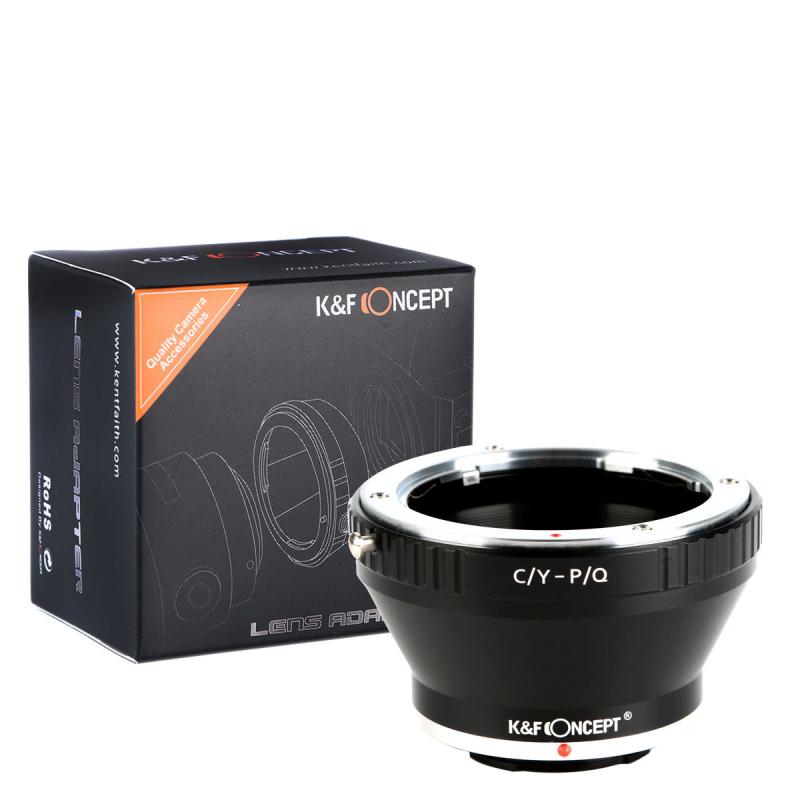
2、 Soaking the nib and feed in a cleaning solution
To clean a fountain pen, one effective method is soaking the nib and feed in a cleaning solution. This process helps remove dried ink and debris that may clog the pen, ensuring optimal performance and longevity.
First, disassemble the pen by unscrewing the barrel from the nib section. Gently remove the nib and feed from the section, taking care not to damage them. Fill a small container with a cleaning solution, such as a mixture of water and a few drops of dish soap or ammonia. Avoid using harsh chemicals or solvents that could damage the pen.
Next, place the nib and feed into the cleaning solution, ensuring they are fully submerged. Allow them to soak for at least 30 minutes, or longer if the pen has significant ink buildup. This soaking process helps dissolve dried ink and loosen any debris that may be stuck in the feed.
After soaking, gently agitate the nib and feed in the cleaning solution to dislodge any remaining ink or debris. Use a soft toothbrush or a pen cleaning bulb to carefully clean the nib and feed, being cautious not to bend or damage them. Rinse them thoroughly with clean water to remove any traces of the cleaning solution.
Finally, reassemble the pen and flush it with clean water by filling and emptying the pen's reservoir several times. This step helps remove any remaining cleaning solution or loosened debris. Once the water runs clear, the pen is ready to be refilled with ink and used again.
It's important to note that different fountain pens may require specific cleaning methods, so it's always advisable to consult the manufacturer's instructions or seek guidance from pen enthusiasts or experts. Additionally, regular cleaning and maintenance can prevent ink clogs and ensure the smooth functioning of your fountain pen.
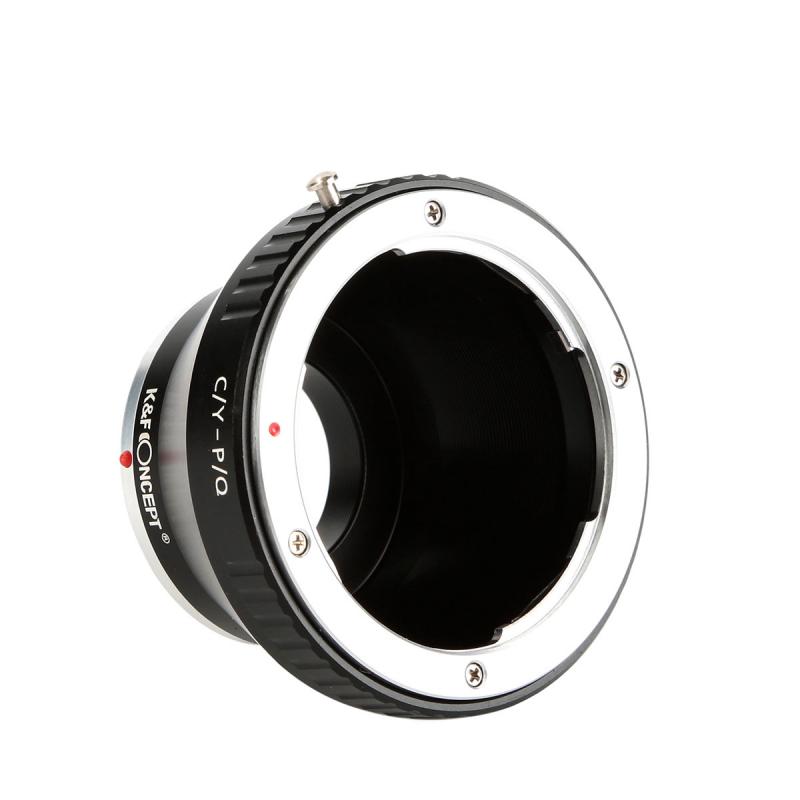
3、 Flushing the pen with water to remove ink residue
Flushing the pen with water to remove ink residue is a crucial step in cleaning a fountain pen. This process helps to ensure that the pen is free from any remaining ink and prevents clogging or damage to the nib.
To clean a fountain pen, start by disassembling the pen. Remove the cap, barrel, and ink converter (if applicable). Next, gently rinse the nib and feed under running water to remove any excess ink. It is important to use lukewarm water as hot water can damage the pen.
Once the nib and feed are rinsed, fill a cup or container with lukewarm water. Submerge the nib and feed into the water and gently move the pen back and forth to flush out any remaining ink. Repeat this process until the water runs clear, indicating that all ink residue has been removed.
Additionally, some fountain pen enthusiasts recommend using a bulb syringe or a converter filled with water to flush out the pen thoroughly. This method allows for a more forceful flow of water through the nib and feed, ensuring a more thorough cleaning.
After flushing the pen, carefully dry the nib and feed with a soft cloth or paper towel. Reassemble the pen and store it in a proper pen case or holder to protect it from dust and damage.
It is worth noting that the cleaning process may vary depending on the type of ink used. Some inks are more stubborn and may require additional cleaning steps or the use of pen cleaning solutions. It is always advisable to consult the manufacturer's instructions or seek advice from fountain pen experts for specific cleaning recommendations.
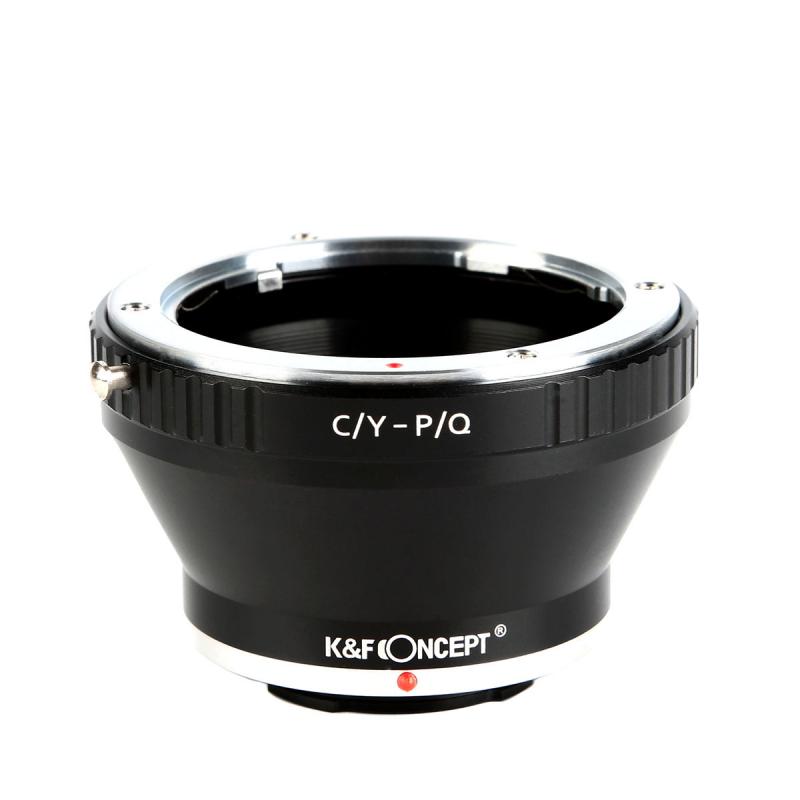
4、 Cleaning the pen barrel and cap with a soft cloth
Cleaning a fountain pen is an essential task to maintain its performance and longevity. Regular cleaning helps prevent ink buildup, clogging, and ensures smooth writing. There are several steps involved in cleaning a fountain pen, and one of the first steps is cleaning the pen barrel and cap.
To clean the pen barrel and cap, start by disassembling the pen. Remove the cap, barrel, and any other removable parts. Use a soft cloth or microfiber cloth to gently wipe the exterior of the barrel and cap. This will remove any dust, dirt, or fingerprints that may have accumulated.
It is important to be gentle while cleaning to avoid scratching or damaging the pen's surface. If there are stubborn stains or ink residue, you can dampen the cloth slightly with water or use a mild soap solution. However, be cautious and avoid using harsh chemicals or abrasive cleaners as they can damage the pen's finish.
Additionally, it is advisable to clean the inside of the cap and barrel. You can use a cotton swab or a soft brush to remove any ink residue or debris. Be careful not to push the swab or brush too far into the pen as it may damage the nib or feed mechanism.
Cleaning the pen barrel and cap is just one step in the overall cleaning process. It is important to clean the nib, feed, and converter (if applicable) as well. Each pen may have specific cleaning instructions, so it is recommended to refer to the manufacturer's guidelines or consult a fountain pen expert for detailed instructions.
In conclusion, cleaning the pen barrel and cap with a soft cloth is an essential step in maintaining a fountain pen's cleanliness and performance. Regular cleaning will ensure that your pen continues to provide a smooth and enjoyable writing experience for years to come.
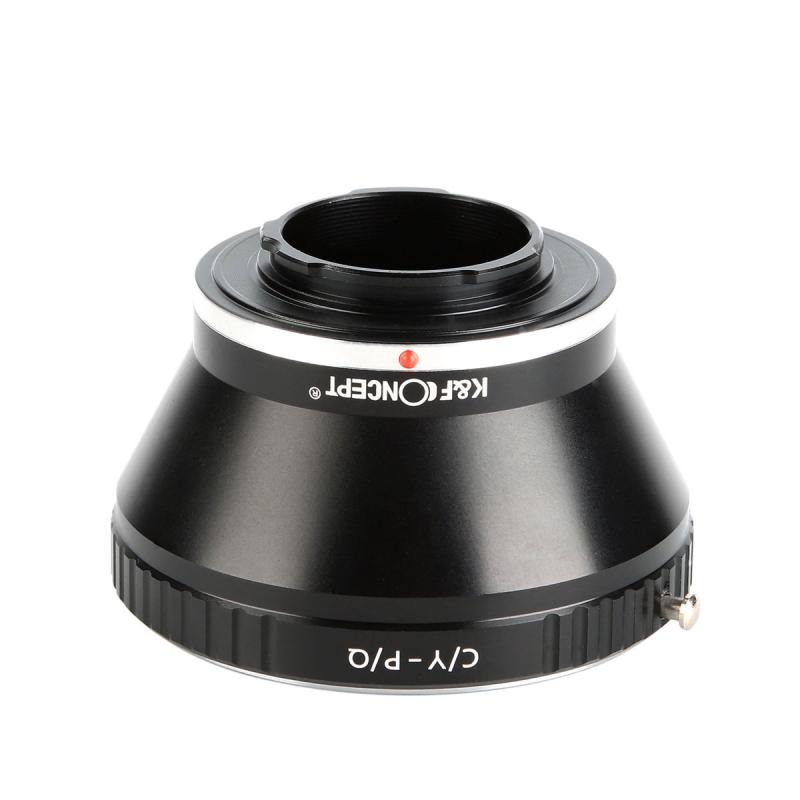








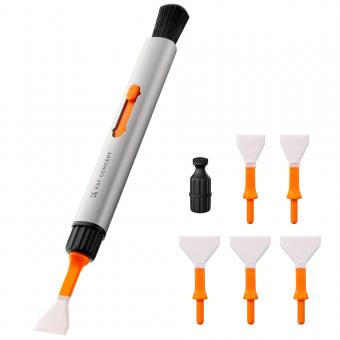


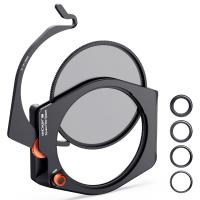

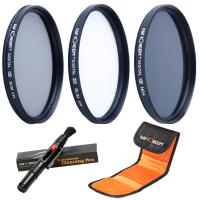





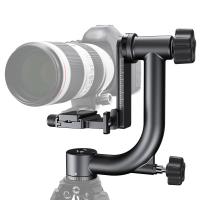











There are no comments for this blog.